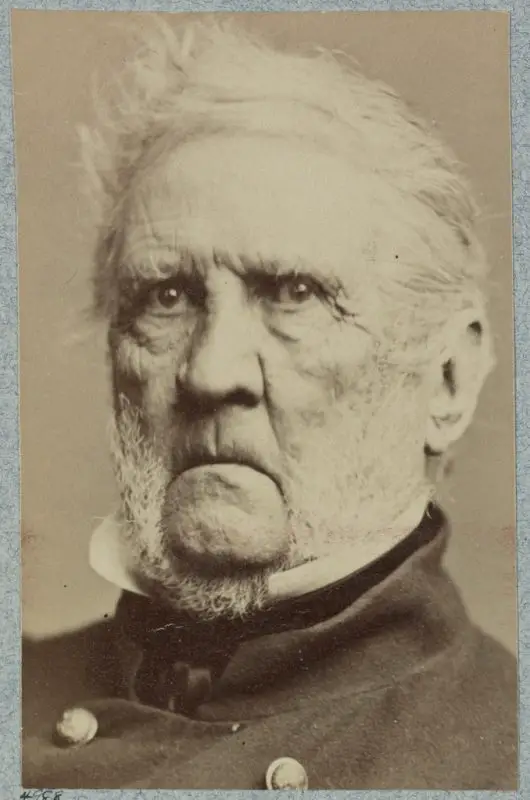

And while the Union did suffer some setbacks and defeats during the war, it eventually emerged victorious, thanks in large part to the strategic vision and persistence of General Scott and the implementation of the Anaconda Plan.


The capture of the Mississippi River and the Southern railroads also proved to be key victories, as they helped to isolate and weaken the Confederacy. The Union's naval blockade was effective in disrupting the Confederacy's economy and preventing the import of foreign goods and arms. Others argued that the plan was too ambitious and that the Union did not have the resources to effectively execute it.ĭespite these criticisms, the Anaconda Plan ultimately proved to be a success.
ANACONDA PLAN CIVIL WAR SERIES
Grant, believed that the plan was too slow and that the Union should instead focus on defeating the Confederate Army in a series of decisive battles. Some Union generals, including Ulysses S. The Anaconda Plan was not without its critics, however. It was a cautious approach that aimed to avoid costly and prolonged battles and instead sought to isolate and weaken the Confederacy over time. The Anaconda Plan was a long-term strategy that sought to wear down the Confederacy and eventually defeat it through a combination of economic and military pressure. Finally, the Union would send troops into the Confederacy to defeat the Confederate Army and occupy key cities and towns. Third, the Union would take control of the Southern railroads, which were critical for the Confederacy's transportation of troops and supplies. Second, the Union would capture the Mississippi River and split the Confederacy in half, cutting off the western states from the eastern states and making it difficult for the Confederacy to move troops and supplies between the two regions. This would severely limit the Confederacy's ability to sustain its war effort and would also disrupt its economy. First, the Union would blockade the Confederate coast and prevent the import of foreign goods and arms. The Anaconda Plan involved several key components. The plan, named after the Anaconda snake which strangles its prey, was proposed by General-in-Chief Winfield Scott in 1861 and was eventually adopted as the Union's main strategy. The Anaconda Plan was a strategy developed by the Union during the American Civil War with the goal of blockading the Confederacy and cutting off its supply lines in order to weaken and defeat the rebellion.


 0 kommentar(er)
0 kommentar(er)
